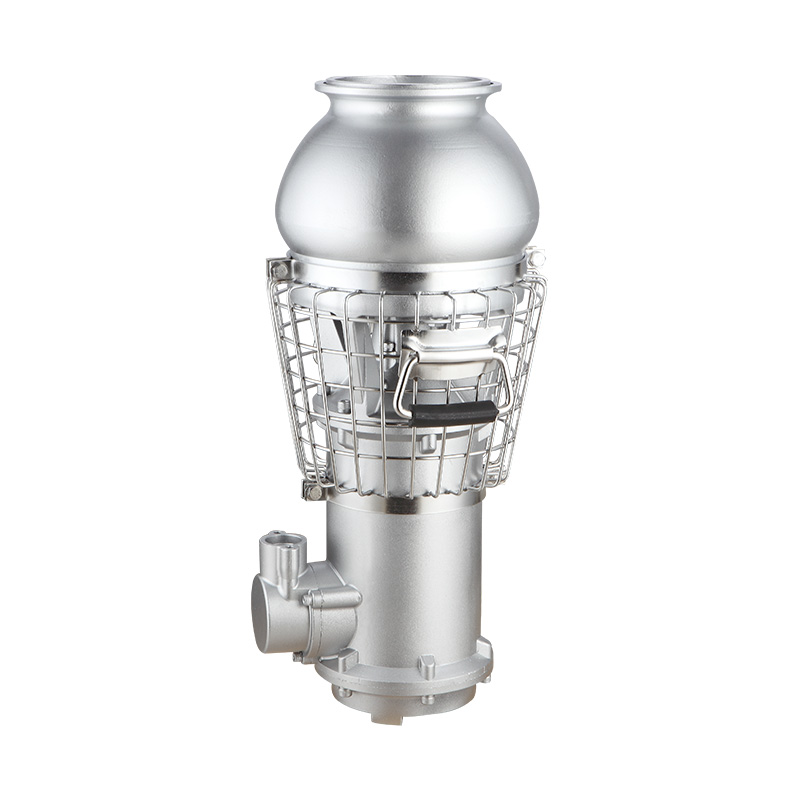Pumps are essential components in a wide range of industrial and commercial systems, from fluid handling in manufacturing to critical safety functions in hazardous environments. Among the various types of pumps used today, the High Pressure Electric Pump, Single Stage Hydraulic Pump, and Explosion Proof Centrifugal Pump are particularly notable for their specialized capabilities. Each of these pumps serves specific operational needs and is selected based on factors such as pressure requirements, hydraulic efficiency, and safety standards.

The High Pressure Electric Pump is designed to deliver fluids at elevated pressures, often required in sectors such as construction, aerospace, automotive maintenance, and pressure testing. It operates using an electric motor that drives a piston or plunger to create pressure capable of moving liquid through a system with considerable force.
One of the key attributes of this type of pump is its ability to maintain steady pressure output while fluctuations. This makes it suitable for applications such as hydraulic bolt tensioning, pipeline flushing, pressure testing, and tool operations. These pumps are frequently used in combination with hydraulic cylinders or jacks, enabling precise lifting or movement of heavy loads.
Modern high pressure electric pumps feature digital controls and pressure sensors, improving their usability and accuracy. Additionally, built-in thermal and overload protection systems enhance operational safety and equipment longevity. When integrated with remote-control capabilities, these pumps can also be managed from a safe distance, which is beneficial in confined or high-temperature environments.
The Single Stage Hydraulic Pump is a compact and efficient type of pump used in many mechanical and industrial systems that require consistent fluid movement. As the name implies, it features a single impeller or piston stage, making it straightforward in both design and operation.
These pumps are commonly used in applications where moderate pressure and flow rates are sufficient, such as machine tools, automotive lifts, and agricultural equipment. Because of their simplified structure, single stage pumps often offer easier maintenance and lower production costs compared to multi-stage systems. Their operational efficiency also contributes to energy savings over long-term use.
Hydraulic pumps of this type typically convert mechanical energy from an electric motor or internal combustion engine into hydraulic energy. The pump's design ensures a steady flow of hydraulic fluid, which in turn powers actuators, cylinders, or other devices in a hydraulic system. The linear relationship between input energy and output performance allows for predictable control and response.
In environments where reliability and ease of use are essential, the single stage hydraulic pump remains a practical solution. Its performance characteristics can be fine-tuned by adjusting motor speed, fluid viscosity, or pump displacement to suit various industrial needs.
The Explosion Proof Centrifugal Pump is specifically engineered for use in hazardous environments where flammable gases, vapors, or combustible dust may be present. These pumps are constructed to prevent internal components from igniting surrounding atmospheres, aligning with global safety standards such as ATEX, IECEx, and NEC classifications.
Explosion proof centrifugal pumps operate based on the standard principles of centrifugal force, where a rotating impeller moves fluid outward from the center of the pump casing to the discharge point. The critical difference lies in their design features—these pumps are enclosed in housings that can contain any internal ignition events, preventing the escape of flames or hot gases into the surrounding environment.
These pumps are frequently used in oil refineries, chemical plants, paint manufacturing, and facilities that handle volatile liquids or powders. Materials used in their construction, such as stainless steel or cast iron, are selected not only for corrosion resistance but also for their ability to contain pressure and prevent static discharge.
Operational safety is enhanced by features such as non-sparking components, temperature monitoring systems, and explosion-proof motor enclosures. In many setups, these pumps are integrated into process control systems to ensure timely detection and response to abnormal operating conditions.